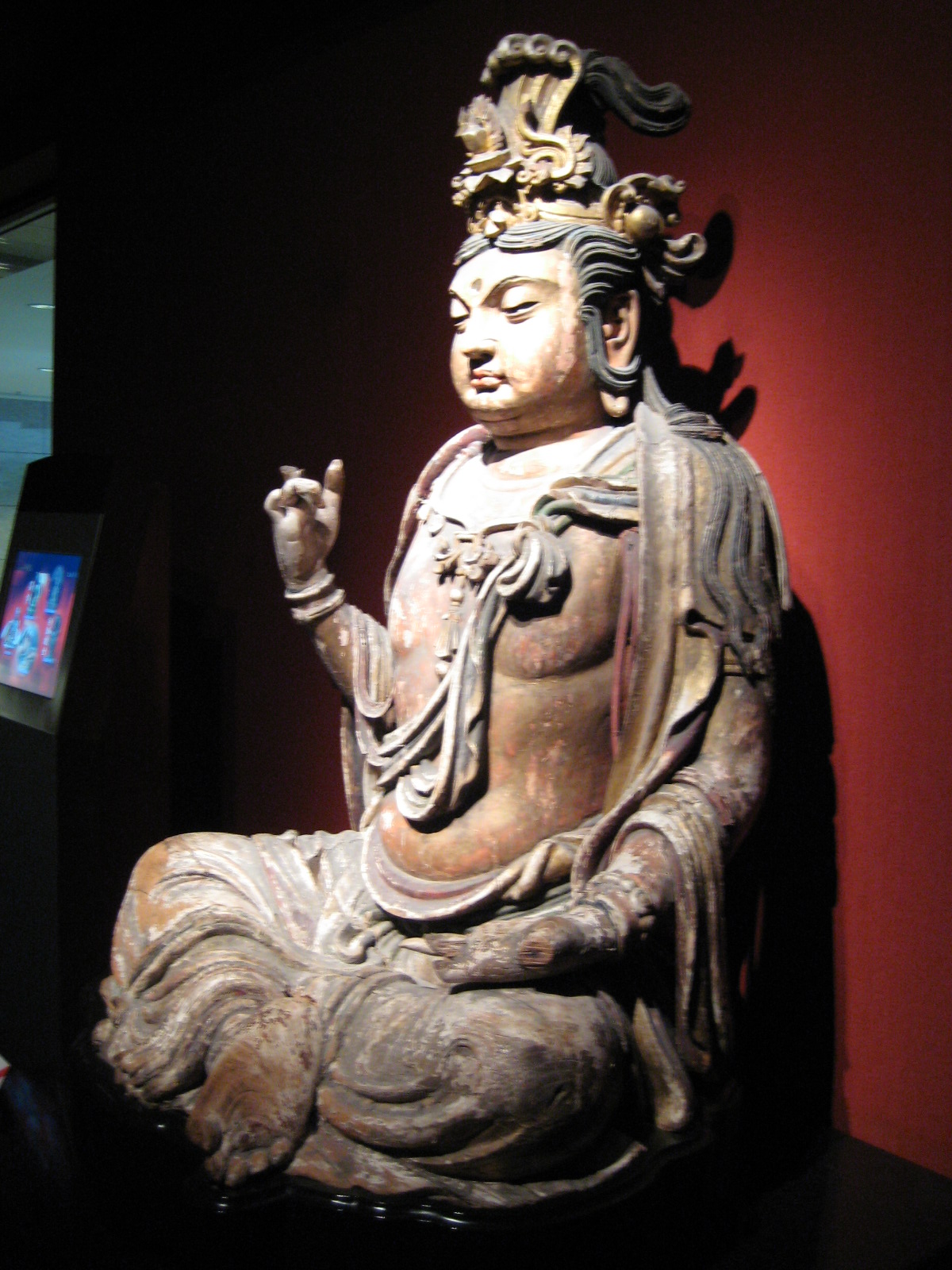Faces, scale and lines within Chinese sculptures

Ancient Chinese sculptors prioritized physiognomy, as they believed facial features and expressions could show one's real character. The second thing they kept in mind was the scale of sculptures. The third thing they considered was how they could show the significance of lines within the beauty and form of sculptures.
Physiognomy emerged as early as the Spring and Autumn period (770-476 BC). In the Sui Dynasty (581-618), physiognomy had already reached a peak. Sculpture-making at the time focused heavily on physiognomy, landscape painting and fengshui. In ancient China, sculpting pursued social utility. So both statues of Buddha and emperors were shaped on the basis of the ideal face in physiognomy. For instance, people always carved the statue of the emperor with elegant and long eyes, shaped the statue of a strong man with eagle eyes and molded the statue of a noble man with a full forehead and a square jaw which was a sign that he was blessed with good fortune.
There were many strict rules to follow when ancient sculptors were making statues of Buddha. In each dynasty, the size measurements for statues of Buddha were based on a masters' years of experience and passed on to apprentices through oral instruction. For instance, no matter how high the statue of Buddha should be or how dangerous the grottos were, craftsmen could follow sculpture-making rules to complete the statue coherently without hesitation.
The early statues' clothes were tightly fit to the statues' bodies, but as the times changed the lines of statues' clothes gradually evolved in various forms. Instead of physical lines, the lines of statues' clothes were regarded as “spiritual.”
Wu Yalin is from The Guangzhou Academy of Fine Arts.
